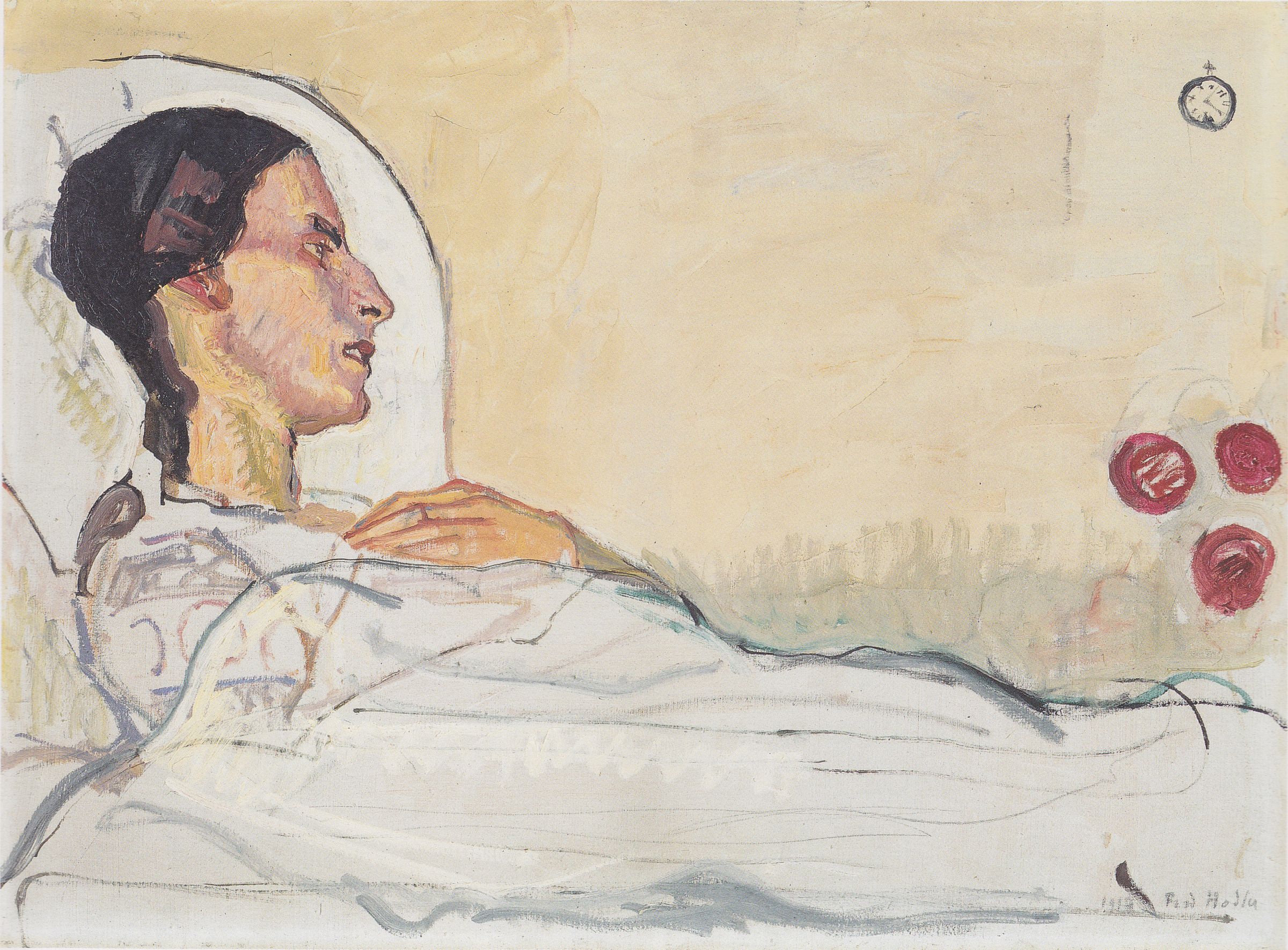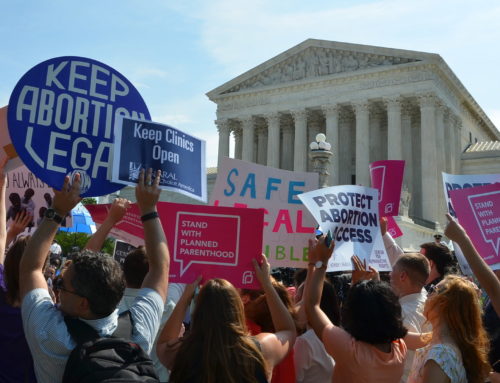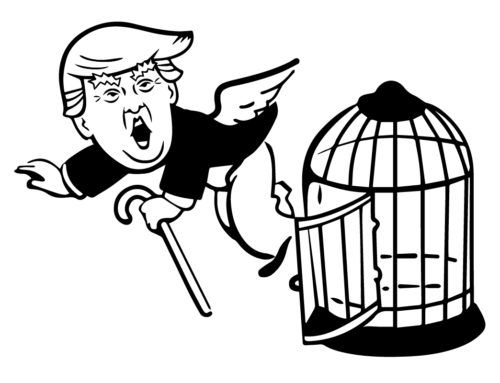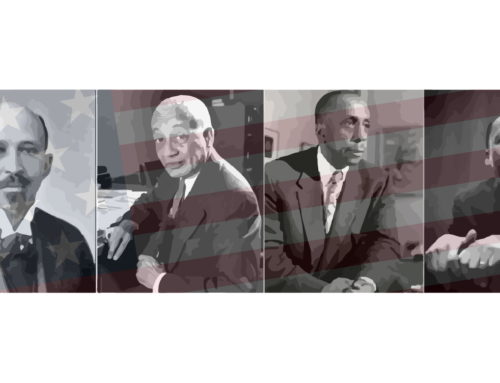Nathan Nobis from 1000-Word Philosophy examines the arguments pertaining to the difficult issue of euthanasia.
Sadly, there are people in very bad medical conditions who want to die. They are in pain, they are suffering, and they no longer find their quality of life to be at an acceptable level anymore.
When people like this are kept alive by machines or other medical treatments, can it be morally permissible to let them die?
Advocates of “passive euthanasia” argue that it can be. Their reasons, however, suggest that it can sometimes be not wrong to actively kill some patients, i.e., that “active euthanasia” can be permissible also.[1] This essay reviews these arguments.
1. Passive Euthanasia
Denying that passive euthanasia is ever morally permissible suggests that we must always do everything we can to try to keep someone alive, even if they are miserable, want to die, and say so. To many, that’s just cruel.[2]
Passive euthanasia can be directly supported by both consequentialist (or utilitarian) and Kantian ethics.[3]
For the consequentialist, the patient being out of their misery is a better consequence for them, and overall, than their staying alive: this decreases the total amount of pain and unhappiness in the world, and no other choice would produce more good, for them or overall.
For a Kantian, letting them die respects their autonomy or decisions about matters that profoundly affect their own lives: this respects them as “ends in themselves,” whereas forcing them to live treats them as a “mere means” toward our ends, not their own.
Passive euthanasia can also be supported by stating conditions when it can be OK to let someone die. We begin with an ‘if’ and develop a principle:
If . .
(a) someone is dying, and
(b) is in horrible pain and suffering, and
(c) that pain and suffering cannot be relieved, and
(d) that person wants to die and says so, and
(e) informed, thoughtful and caring people agree that the person would be better off no longer living . . ,
then it can be permissible to let that person die.[4]
Passive euthanasia, then, can be justified in a variety of ways.
2. Active Euthanasia
To see why active euthanasia might be permissible, we begin by reflecting on why passive euthanasia might be OK: it gets people out of their misery and respects what they want for their own lives.
We then observe that these goals can often be pursued more directly and immediately by, say, giving them an overdose of pain-killing medications. Letting people die can take a long time, and that time might be full of unwanted suffering. Killing people, when they want to be killed, achieves their goals, more quickly.
So, it seems that if passive euthanasia can be permissible, so can active.
3. Objections
There are many objections to this reasoning. Some concern euthanasia in general.
3.1. Some claim that pain can always be controlled and so there is never a need to euthanize anyone. However, this insistence that pain can always be made bearable is, sadly, not true.
3.2. Some argue that “miracles” are possible – there’s always a chance that someone recovers – and so euthanasia is wrong. But making important decisions on very unlikely chances is often unwise. Most interestingly though, euthanasia would never prevent a miracle, especially one of divine origins.
Further objections claim there are important differences between active and passive euthanasia, making passive permissible but active wrong.
3.3. Some argue that it’s always wrong to intentionally kill someone, so active euthanasia is wrong. In reply, while it’s, at least, nearly always wrong to kill people, this is arguably because people usually want to live and do not have lives full of pain. Perhaps killing can be justified when this is not the case.[5]
3.4. Some argue that allowing active euthanasia might put us on a “slippery slope” to murdering people who want to live. But this hasn’t happened where active euthanasia is allowed, since we do and would have safeguards to lessen this possibility, as we do with other things that might lead to bad results if misused.
3.5. Some argue that there are important moral differences between allowingsomething to happen and doing something or because killing someone and letting them die are profoundly different, and so passive and active euthanasia should be judged differently. But consider this case:
An aunt will inherit lots of money if her five-year-old nephew dies. She plans to drown him in the bathtub and make it look like an accident. He just started his bath; she’s on her way to the bathroom to drown him. She opens the bathroom door and is delighted to see that he has slipped in the bathtub and is drowning. She watches, ready to push him under if he steadies himself and saves his own life. But, as her luck would have it, he drowns; she never touches him throughout the ordeal. She inherits the money.[6]
If she claimed that she didn’t “do anything,” she did: she stood there, and doing nothing is doing something. And letting someone die can be as bad, or nearly as bad, and perhaps sometimes even worse than killing someone[7]: indeed, a way to kill someone is to let them die. So these distinctions are, at least, not clear.
3.6. A final concern is that especially if active euthanasia were allowed, some people could be wrongfully killed. This is possible: some people might wrongfully break (potentially good) rules. But we cannot ignore that if euthanasia is not allowed, it might be that some people could be wrongly kept alive. Which wrong is more likely? Which wrong is worse?
4. Conclusion
While death is, arguably, usually bad for the person who dies, the goal of euthanasia is to make this less bad: the word euthanasia means a “good death.” These issues are important, and not just for people currently facing hard choices about death. None of us knows what will happen to us: at any time, an accident or illness might force these issues upon us, and so we should engage them more deeply, now.[8]
Notes
[1] The discussion and arguments here are largely based on James Rachels’ (1941-2003) famous and widely-reprinted article “Active and Passive Euthanasia,” New England Journal of Medicine 1975; 292: 78-80.
[2] The discussion here concerns what’s called voluntary euthanasia, where a person wants to die and says so. There are other types of euthanasia though. Non-voluntary euthanasia involves an individual who neither wants to die nor wants to live, e.g., someone who has been unconscious for a long time, say in a coma, and we have good reason to believe that consciousness will never return: they currently don’t literally want anything and we usually don’t know what they would have wanted, since people usually don’t discuss this. What is sometimes called involuntary “euthanasia” involves someone who wants to live and says so. If such a person is let die or killed, this is not euthanasia: in all or nearly all cases, this is murder or wrongful killing, and so won’t be discussed further here.
These definitions cover most actual cases of euthanasia, but they aren’t perfect. First, it could happen that someone said that, if they were to fall into a permanent coma, they would very much want their body to be kept alive for as long as possible, but nobody knows this is what they wanted: if they are euthanized, is that involuntary or non-voluntary? It could also happen that someone wants to die, but has no way of communicating that (suppose they have an extreme form of “locked-in syndrome,” with eye paralysis too, so they cannot even blink out messages): if they are euthanized, is that voluntary or non-voluntary? These cases are unclear, given the characterizations above, as are further possibilities of someone who wants to die but nobody knows that and someone who wants to live but nobody can tell.
Non-human animals who are judged to have a poor quality of life due to serious health problems are often (actively) euthanasized: is this best considered a form of non-voluntary euthanasia, or potentially a different type of voluntary euthanasia? These animals have some current wants or desires, unlike a coma patient, but probably don’t have a specific want or desire to die, unlike in typical voluntary euthanasia cases.
[3] Consequentialism and Kantianism can be used to support euthanasia (although Kant himself might have opposed it: Kant’s own judgments on many moral issues and the positions on moral issues that his theories arguably support sometimes diverge). But these theories do urge us to be very cautious about bringing about someone’s death, including our own.
Consequentialists would, and should, urge especially anyone who doesn’t have a challenging medical condition but wishes to die to seek counseling and assistance to help find happiness and fulfillment: in most cases, this would be better than death for that person and for promoting overall happiness. “It gets better,” the saying goes: it’s possible for someone to be euthanized (passively or actively), or commit suicide (is someone euthanizes him or herself, this is a type of suicide; if they need assistance to do this, this is assisted suicide), whose death is not in their own best interest or contributes to the greatest overall good. Indeed, some people have wished to die, have been prevented from ending their own life, come to appreciate their own life later, and then have been glad that they had not ended their life when they wanted to do so earlier. (However, it’s also sometimes true that people want to die, they live, and are eventually able to live what they report to be fulfilling lives, yet they still they wish they had died: Dax Cowart is a well-known case perhaps like this).
And Kantians don’t think that autonomy is unrestricted or limitless: just because we want something for ourselves doesn’t mean we should get it. Kantians firmly reject an attitude of “It’s your life, so do whatever you want with it,” since we have obligations to respect ourselves (and our future selves), given our value as persons, and this respect for ourselves could rule out some cases of euthanasia and suicide.
[4] The details of a principle like this, however, take us to harder questions about euthanasia, harder than those that arise in most circumstances: for examples, what if someone wants to die now but isn’t currently in horrible pain and suffering, or is expecting to die, but many years later after a very slow decline? Should anyone else have “say” over your own life or judge whether some pain and suffering is “horrible enough” for you to reasonably wish to die? If so, who? What if someone isn’t dying and doesn’t even have a bad medical condition but just finds their life not worth living and so wants to die (and so, say, plans to starve themselves to death or do other things that will result in their death)? These harder questions, and others, would need to be addressed for a complete defense of this or similar principles and any arguments based on them.
[5] Some might claim that their intention in any euthanasia is not to kill anyone: killing is an unintended consequence of their real intention, which might be to make the patient comfortable. If this makes sense, they might claim that they are not engaged in any intentional killing, so they aren’t violating any moral principle against intentional killing. This type of reasoning is related to what’s called the “Doctrine of Double Effect.”
[6] This case is from James Rachels. Here is another example that addresses the distinction between doing something versus allowing something to happen:
In a deep forest, hiking alone, Adam finds someone who has fallen into a deep pit. They ask him to throw them a rope so they can climb out. Adam doesn’t and they eventually starve to death. Adam learns of this on the news but feels fine since, he tells himself, “I didn’t do anything there. I did nothing wrong.”
To most, Adam clearly did something – he didn’t just allow something to happen – and he did something wrong: what he did, standing there not throwing the rope, was wrong.
[7] For tragic reflections that letting someone die can be worse than killing them, see Gary Comstock, “You Should Not Have Let Your Baby Die,” The New York Times, July 12, 2017.
[8] Thanks to Zach Blaesi, Taylor Cyr, Chelsea Haramia, Dan Lowe, Travis Rodgers and Dan Peterson for comments on and discussion of this essay.
References
Gary Comstock, “You Should Not Have Let Your Baby Die,” The New York Times, July 12, 2017.
James Rachels, “Active and Passive Euthanasia,” New England Journal of Medicine1975; 292: 78-80.
For Further Reading
Young, Robert, “Voluntary Euthanasia”, The Stanford Encyclopedia of Philosophy(Spring 2019 Edition), Edward N. Zalta (ed.), URL = <https://plato.stanford.edu/entries/euthanasia-voluntary/ >.
Cholbi, Michael, “Suicide”, The Stanford Encyclopedia of Philosophy (Fall 2017 Edition), Edward N. Zalta (ed.), URL = <https://plato.stanford.edu/archives/fall2017/entries/suicide/>.
Woollard, Fiona and Howard-Snyder, Frances, “Doing vs. Allowing Harm”, The Stanford Encyclopedia of Philosophy (Winter 2016 Edition), Edward N. Zalta (ed.), URL = <https://plato.stanford.edu/archives/win2016/entries/doing-allowing/>.
McIntyre, Alison, “Doctrine of Double Effect”, The Stanford Encyclopedia of Philosophy (Spring 2019 Edition), Edward N. Zalta (ed.), URL = <https://plato.stanford.edu/entries/double-effect/>.
Nathan Nobis is an Associate Professor of Philosophy at Morehouse College, Atlanta, GA. He is the author of many articles and chapters on bioethical issues, as well as other topics in ethics and philosophy. He is also the author of Animals & Ethics 101: Thinking Critically About Animal Rights and a co-author of Chimpanzee Rights: The Philosophers’ Brief. www.NathanNobis.com
Image: Ferdinand Hodler, “Valentine Godé-Darel on Her Sickbed,” 1914










Leave A Comment